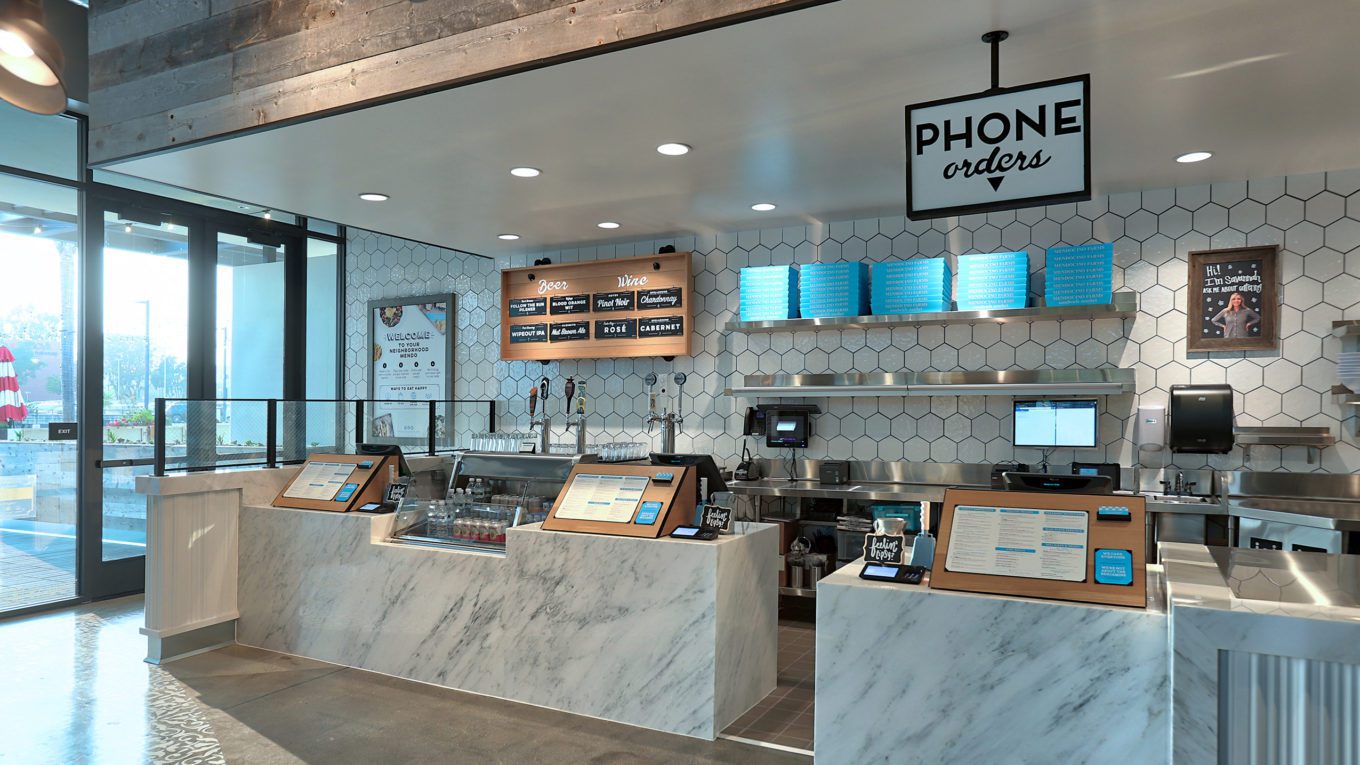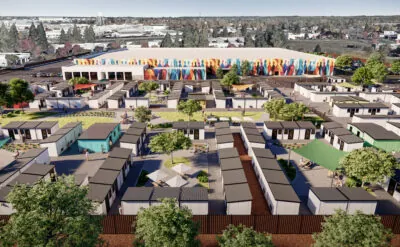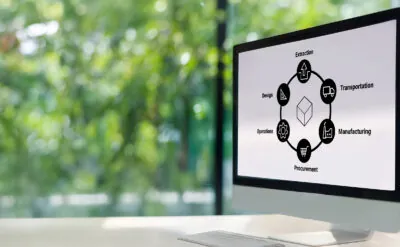The Restaurant industry has been devastated by the pandemic. Owners have been forced to react to restrictions by adapting to the changing landscape to keep their doors open. The result is new formats where the social experience is replaced by personal experience. Post-pandemic, restaurants will need to live in both worlds to meet consumer expectations.
How have drive-thru only formats and cloud kitchens accelerated delivery and take-out? Will outdoor eating spaces outpace the footprint of indoor dining spaces? Vice President Peter Dubin and Principal Pierina Benvenuto provide perspective on how design helps restaurant owners adapt to the pandemic and take lessons learned into the future.
How can design help a restaurant adapt to the impact of the pandemic?
Peter Dubin, Vice President
The pandemic is teaching us to expand the breadth of the restaurant. While there is no substitution for the shared experience of a packed bar or restaurant, there is also no substitution for convenience. The QSR (quick-service restaurant) has been able to adapt and innovate using double drive-thru lanes and expanded pick-up windows, resulting in expanded operations optimized for pick-up and delivery. Customer expectations for at-home dining are higher than ever before and restaurant design needs to account for that.
Pierina Benvenuto, Principal
The pick-up window is arguably the face of the restaurant right now. We are already working on restaurants that are delivery and take-out only, and if a window is all the customer can see, we need to decide what to show. Using these windows to create views into the kitchen offers transparency and comfort to the customer at a time when cleanliness and quality are paramount.
How is technology accelerating the design opportunities for restaurants now and going forward?
Pierina Benvenuto, Principal
We are designing restaurants to live in two worlds: A digital one that offers fast, reliable and safe take-out and delivery, and another that is prepared for the return of traditional dining. In the quick-service model, restaurants are moving to QR-coded menus, apps for placing orders and even video call technology to customize and confirm an order in a drive-thru lane. We also need to account for the growth of tabletop ordering systems, voice technology and self-ordering kiosks in our designs for the future. This growth in tech was accelerated by the pandemic, but the majority of new designs are here to stay.
Peter Dubin, Vice President
Technology is also giving us the rise of the remote kitchen. Now, delivery-only kitchens can be up-and-running in a month. These restaurants can operate using a single tablet to optimize delivery and leverage data for future enterprises while staying economical and compact to increase sales. By doing more with less, this model creates sustainable solutions to the delivery demand and reduces our clients’ carbon footprints.
Pierina Benvenuto, Principal
The remote delivery-only model is built on the idea of a tiny kitchen with huge possibilities. Restaurants can market their product with low risk, operating as a testing kitchen for the public. Designing sites that combine a dozen of these kitchens can save on costs and help serve the rising demand for quality delivery.
How is the demand for outdoor space shifting design possibilities?
Pierina Benvenuto, Principal
For many restaurants, the patio has become not just the main dining area, but the only space available. Dining outside is now considered safer, and clients are asking to design patios that are safe, flexible and adaptable to colder weather. Initiatives from governments like the Open Streets plan in New York are affording restaurants more design opportunities. These areas need to be sterile and easy to clean, but also incorporate elements of nature to provide a welcoming atmosphere.
What gets you excited about this sector in 2021 and beyond?
Peter Dubin, Vice President
The customer’s expanded field of choice is only widening, and restaurants need to be designed efficiently to accommodate new choices. We are using our full-scale design service to help create new formats that were only talked about in the past. With knowledge of every aspect of restaurant design, including kitchen, back–of-house, front-of-house, operations, patio, and everything in between, we are part of the recovery and evolution. Agreed, we can’t wait to get back to the socialization of crowded bars and fine dining, but also can’t wait to see the results of the new restaurant formats born of necessity.



